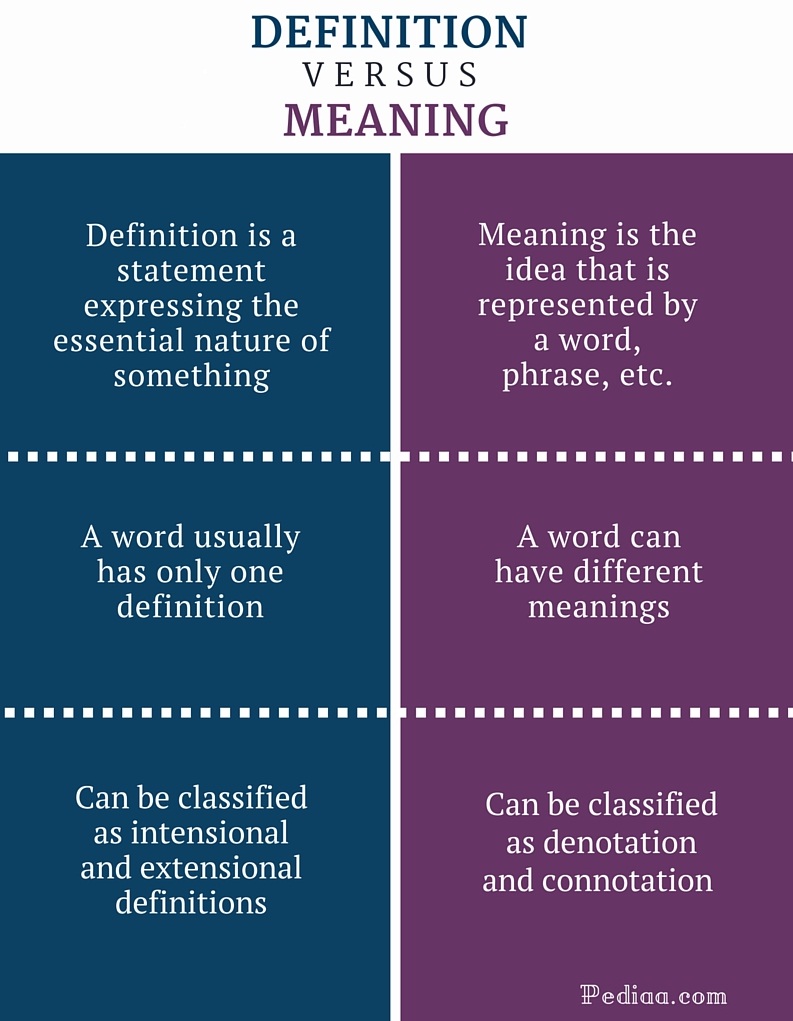In the realm of visual representation, the definition of 2D drawing stands as a cornerstone that transcends mere illustration; it serves as a bridge between conceptualization and realization. But what exactly constitutes a 2D drawing? Is it merely the act of rendering shapes on a flat surface, or does it delve deeper into the complex interactions of geometry, aesthetics, and perspective? One might pose a playful challenge: Can you distill the essence of 2D drawing into a singular, definitive statement, or does its multifaceted nature defy such simplification?
To thoroughly explore this question, it is beneficial to dissect the fundamental characteristics that define 2D drawing and to appreciate its significance across various disciplines. From the fine arts to technical illustration, 2D drawing encompasses an array of methodologies and purposes that contribute to its rich tapestry.
At its core, a 2D drawing is a graphical representation created within a two-dimensional coordinate system. This definition, while straightforward, invites further inquiry. What dimensions are we considering, and how does the absence of a third dimension inform our understanding of depth and perspective? A 2D drawing operates within the X and Y axes, employing lines, shapes, and forms to convey ideas without the intrinsic qualities of volume or spatial awareness characteristic of three-dimensional representations.
One may break down the essence of 2D drawing into several key elements: line, shape, color, texture, and space. Each of these components plays a quintessential role in the creation and perception of drawings. Lines, for instance, are more than mere outlines; they possess character and can evoke emotion, movement, or static presence depending on their quality—varying from soft curves to sharp angularity. Shapes, encompassing geometric forms and organic outlines, offer structural integrity to the drawing, enabling viewers to decipher meaning and nuances within the visual narrative.
Color, while often considered an embellishment, serves as a powerful communicator in 2D art. Different hues can invoke specific feelings, alter spatial perceptions, and differentiate between various elements within the drawing. Furthermore, texture—whether actual or implied—bears significance in lending depth to the visual engagement and allowing viewers to react not only visually but also emotionally.
Interestingly, the concept of space in 2D drawing can be particularly challenging. Artists and illustrators employ various techniques to suggest depth, using perspective techniques, overlapping elements, and varying sizes to create an illusion of a three-dimensional environment. Here, the draw of 2D drawing lies not just in its surface but in its capacity to engage the viewer’s imagination. The use of vanishing points, foreshortening, and atmospheric perspective enhances the dimensionality of the flat image, prompting the question: How can an artist manipulate these elements to forge an immersive experience within the confines of 2D space?
Moreover, the purpose of 2D drawing extends beyond aesthetics and enters realms such as storytelling, documentation, and technical communication. In fields like architecture, engineering, and cartography, 2D drawings serve as vital tools for conveying complicated information through schematics, plans, and diagrams. Each drawing operates as a linguistic unit, laden with symbols and conventions that communicate intricate ideas succinctly. But as we explore these functional aspects, one must ponder: Does the utilitarian aspect of 2D drawing diminish its artistic value, or can artistry and utility coexist harmoniously?
The artistic dimensions of 2D drawing bear a wide spectrum, from illustrative or representational art to abstract endeavors that challenge conventional interpretations of form and context. While some artists prioritize realism, others embrace stylization and abstraction, blurring the lines between form and meaning. This juxtaposition raises engaging discussions about the role of the viewer, as the interpretation of a 2D drawing can vary dramatically depending on individual perspectives and cultural contexts. In this vein, we might inquire: Can a single drawing effectively convey a universal message, or is its interpretation inextricably tied to viewers’ subjective experiences?
As technology advances, the medium of 2D drawing has evolved greatly, encompassing both traditional and digital methodologies. Digital tools offer artists and designers unparalleled capabilities for manipulation, iteration, and sharing their work across diverse platforms. This shift not only democratizes access to drawing techniques but also introduces novel challenges regarding authenticity, intellectual property, and the essence of craftsmanship. The digital canvas invites fresh exploration of form and function, perpetuating the question: What constitutes the authenticity of a drawing in an age where the line between handcrafted and digitally generated becomes increasingly blurred?
In summary, defining 2D drawing is not a singular endeavor but rather a multifaceted exploration that intertwines art and functionality. The qualities of line, shape, color, texture, and spatial dynamics enrich our understanding of the medium, while its applications across various fields open avenues for discourse on artistry and communication. In a world that constantly evolves, the traditional notions of 2D drawing warrant continuous reflection and debate. With such rich layers to peel back, one must wonder: What new definitions and understandings of 2D drawing will emerge as we continue to question and challenge established norms?












